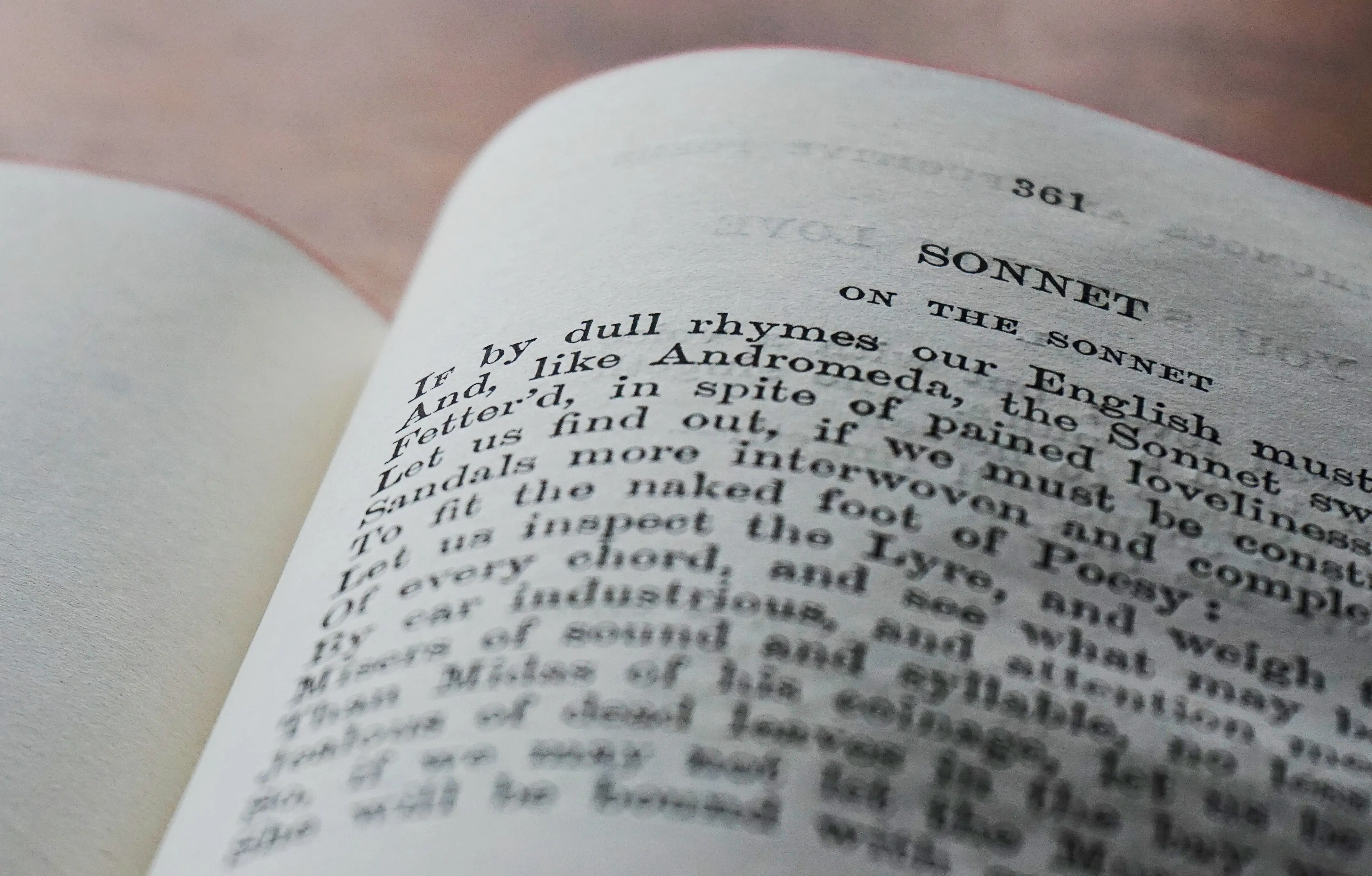Summary
Just Mercy is one of the most significant books addressing the issues of civil rights and racisms. The book follows a young lawyer called Bryan Stevenson, whose story is all about fighting for justice for the marginalized members of society, including the black Americans (Hanink, Peter, p523). Throughout the book, Bryan uses his experiences in law to free wrongfully convicted prisoners after graduating from Harvard. With the support of Eva Ansley, a local advocate Bryan successfully release some of the unfairly condemned prisoners in Alabama and thus becomes his role in society. In addition, it illustrates the relationship between Bryan, the Equal Justice Initiative (EJI), the organization he started to address social injustices, and Walter McMillian, an African American man who is unfairly charged in Alabama for murder and sent life sentence in the late 1980s.
The book begins with Bryan visiting Henry, a row prisoner. He explains how he developed an interest in the criminal justice system and focused on defending the marginalized people who are incarcerated in the criminal justice system wrongfully. This happens after participating in an internship at Southern Center for Human Rights. He discusses lessons he learned and notes that the American criminal justice system was created to severely punish poor people more than it does for the rich. Next, his story turns to McMillian, who is a victim of a wrongful murder conviction. Bryan discusses McMillian’s case, notes how the racial judicial system is racially biased, and presumes that McMillian was guilty of murder and deserved a death scented (Hanink, Peter, p525). Bryan continues to note that his conviction and business are based on the historical culture of racism where segregation and slavery largely existed in the Deep South. Finally, Bryan initiates the EJI and pursues McMillian’s legal case to overturn his conviction.
The story continues to follow the unsatisfying and promising progress of McMillian’s case. He introduces us to other cases of unfairly condemned people in the judicial system that the EJI has taken to court. Bryan advocates for some of the children tried in the court as adults and female prisons raped by the guards. He further introduces us to his work to address the issues of rape where women prisoners are sexually harassed by the correctional officers and families affected by the Trauma of imprisonment of their loved ones (Hanink, Peter, p524). Sensitivity and biases are common in all the cases Bryan presents in the court. He finally advocates that the judicial service system should be compassionate in most cases concerning the marginalized people in society to reduce wrongful incarcerations.
Throughout the book, EJI presents several cases in court. They succeed in many of them, motivating Bryan to continue fighting for the vulnerable people in the criminal justice system. McMillian is exonerated after serving six years in row prison. His traumatic experiences of imprisonment affect him even after being released; he experiences depression and eventually succeeds in physical degradation and dementia. The final scene of the book presents Bryan as he delivers a eulogy during McMillian’s burial. He uses this opportunity to explain how much he has learned while working with McMillian, who encouraged him to overcome injustices. He ends the story by telling the audience how incarnation rates have stabilized from the 1980s to 2014 (Hanink, Peter, p525). The supreme court was also influential for ruling in favor of his organization’s idea that unconstitutional since the marginalized groups were wrong. He summarizes by saying that more work is done.
Reflection
In my view, the book is interacting and fundamentally important to understand the history of biases and racism in the criminal justice system. Just Mercy is indeed a true reflection of injustices in the criminal justice system; it explains how the judiciary is used to punish marginalized people in society unfairly. The harsh sentences and unconstitutional incarnations are evident in the courts, even in contemporary society. The book is significantly essential to understand the role of lawyers in the community; they do not need to serve their clients in the essence of being hired and serve as corrective measures in the system. Bryan acts as a role model and reflects a good lawyer who is integrated into serving the marginalized people in the society that many other lawyers can to ensure that justice is serviced according to the constitution.
Systemic racisms are evident in every society, and the judicial system is no exception. Just Mercy expresses how racism influences the presumption of guilt and provides useful insights to understand and reflect on the reality of the justice system today. Bryan commits himself to fight for the justice of McMillian and other marginalized people in facing socio-economic injustices in society. He represents many clients and succeeds in many cases; this implies that lawyers have a pivotal role in solving such problems; their commitment and focus can pay. The country faces countless injustices originating from judicial services, and the book provides a road map for the lawyers to address them.
Throughout the book, I learned that racism and biased perspectives towards the marginalized group, including children and women in society, are critical issues in the judicial system. Bryan helps us to identify the gaps and develop new perspectives about the criminal justice system. I agree with Bryan that their more work ensures that incarnation rates are stabilized. Most people who have wrongfully condemned cause unnecessary burdens in the criminal justice system and serve the consequences of wrongful convictions. Bryan develops his career in judicial service, questioning socio-economic inequalities and racism witnessed in society (Hanink, Peter, p524). It is essential to consider his ideas and encourage lawyers to emulate his actions to further advocate for social injustices.
The book also illustrates the impact of a wrongful conviction on the mental health of the victims. Despite McMillian being exonerated, his life becomes miserable; he is not happy and eventually scums to psychological and physical problems. Through McMillian’s case, it is evident that the criminal justice system needs to practice legal actions with compassionate and constitutional provisions to avoid unfair convictions and the underlying impacts on the victims. In my perspective, Bryan succeeds in his story to espresso how the criminal justice system contributes to raising mental cases in society. More importantly, the book expresses the need for the lawyers to advocate for the injustices as they develop the career.
Conclusively, the story covers crucial issues in the society that needs to be addressed; racism and biasness in the judicial service is deleterious behavior that the government and the major stakeholders should address. The book offers useful insights into the nature of the judicial system and the different types of injustices witnessed today. It is an understanding story that a reader can understand how the judiciary contributes to racism and biased judgments agents the marginalized groups in society. Bryan founds EJI to advocate for the issues, providing insight into the community’s steps to address these problems.
Works Cited
Hanink, Peter. “Bryan Stevenson, Just Mercy: A Story of Justice and Redemption.” (2018): 523-525.
Stevenson, Bryan. “Just Mercy.” New York: Random House. (2015).









